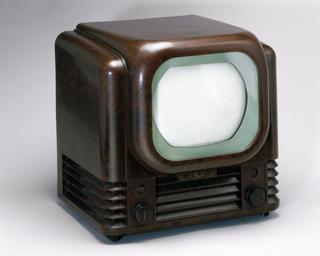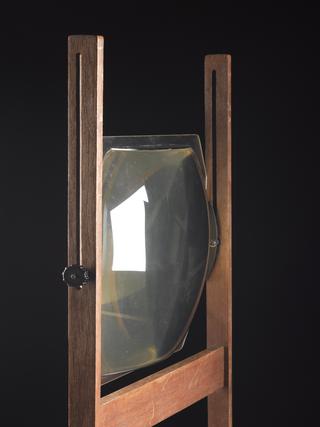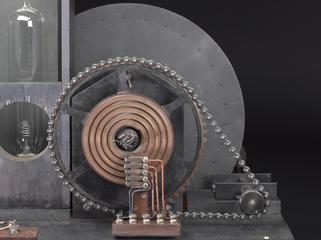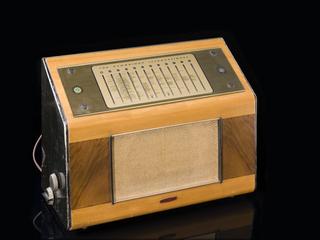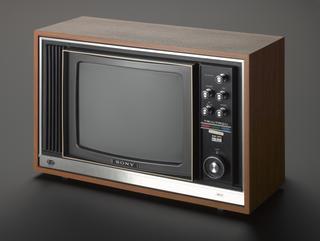
Morse tape on which signals were recorded by means of a coherer, 1900
- Made:
- 1900 in United Kingdom
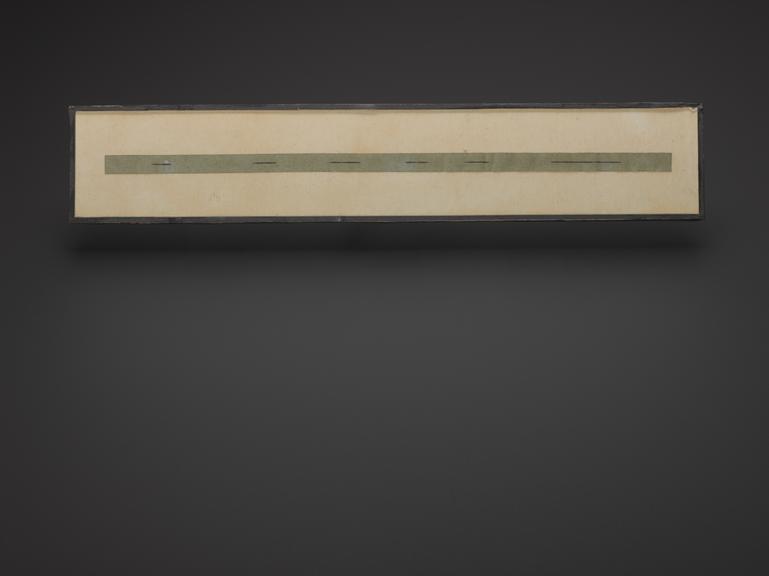
Morse paper tape, unknown maker, probably British, 1900. Used to record signals received by means of a coherer in 1900 at a distance of 135 miles by Captain Henry Jackson.
Captain Henry Jackson conceived the idea that wireless telegraphy could have a naval application in about 1891. It had become important to be able to identify fast torpedo boats accurately, especially at night, so that friendly returning vessels could be distinguished from those of the enemy. He made his earliest practical experiments in December 1895 after having read of the work of Jagadis Bose in Calcutta. In March 1896 Jackson read Oliver Lodge's book on the work of Hertz and used Lodge's work as the basis for a new series of experiments. Marconi, however, had begun his own experiments a year earlier and had made more progress. The two first met in autumn 1896 and a collaborative friendship developed. Wireless telegraphy sets of both Marconi's and Jackson's designs were used in the Royal Navy for several years. This fragment of Morse tape, showing the word 'the', was received in 1900 on a Jackson coherer receiver at a distance of 135 miles.
Details
- Category:
- Radio Communication
- Object Number:
- 1923-283
- Materials:
- glass and paper (fibre product)
- Measurements:
-
overall: 8 mm x 312 mm .15 kg
- type:
- paper tape
- credit:
- Donated by H. B. Jackson
